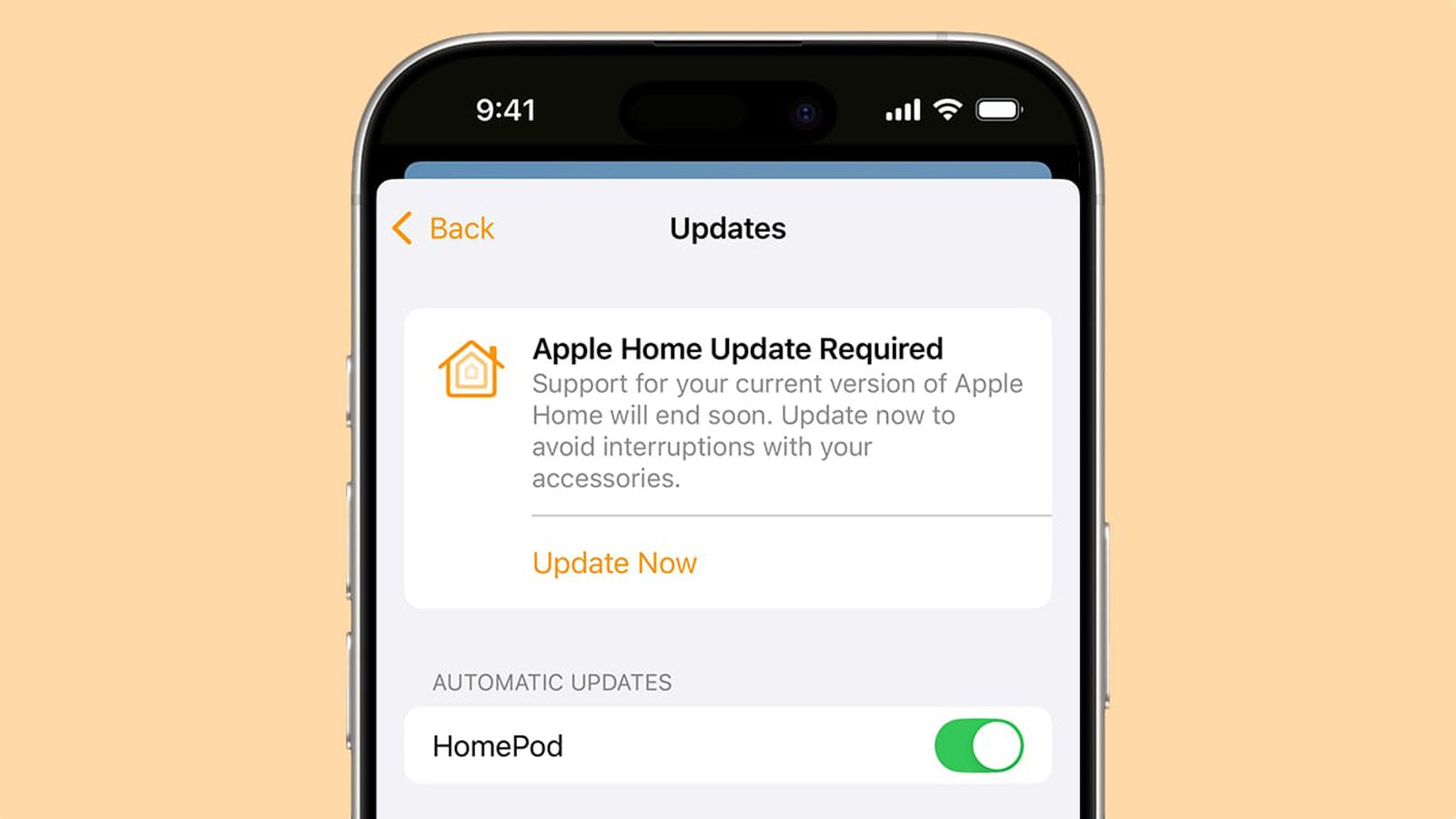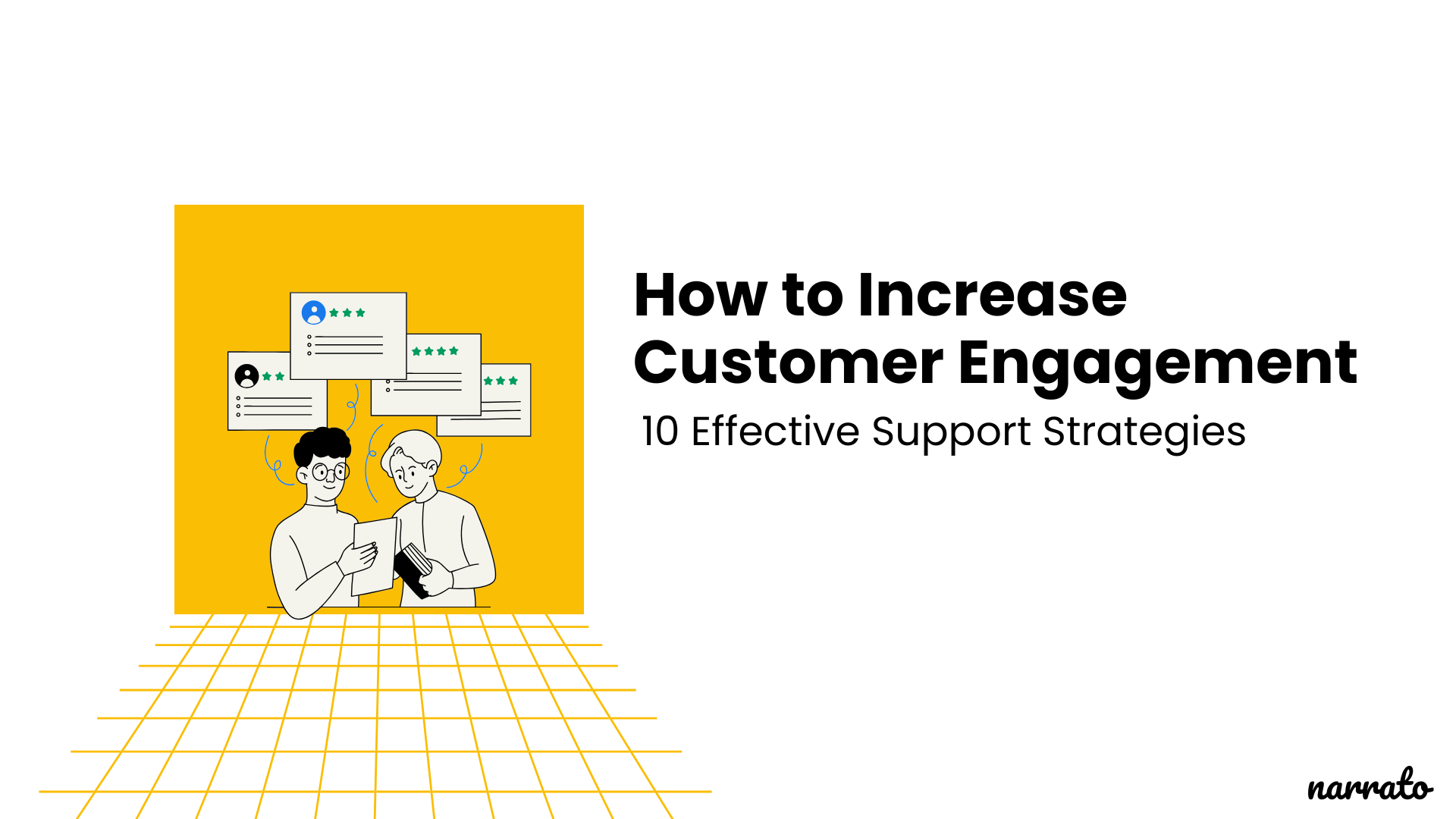Zero Day To Zero Minute Your Healthcare System I.o.T. for Personal Data Transfer Device Hacking
Understanding IoT Medical Device Risks and Protecting Patient Data is Critical: Patient health data is being transmitted wirelessly across your network thousands of times daily—and it may not be protected
Healthcare is experiencing an unprecedented explosion in connected medical devices. From smartwatches monitoring heart rhythms to continuous glucose monitors transmitting blood sugar levels, patients and providers alike have embraced the Internet of Medical Things (IoMT). While these innovations have revolutionized patient care and improved outcomes, they have simultaneously created a massive, largely invisible security vulnerability that threatens patient privacy, regulatory compliance, and your organization’s reputation. n n Our analysis reveals a critical gap in most healthcare security infrastructures: the interception of unencrypted or poorly encrypted patient data as it travels wirelessly between devices and your systems. Unlike traditional cybersecurity threats that target servers or databases, this vulnerability exists in the transmission pathway itself—a blind spot in most security strategies.
The Explosive Growth of Connected Medical Devices
Your Hospital’s IoT Ecosystem: Every Connection is a Potential Vulnerability:
Your healthcare system likely supports dozens of different types of connected medical devices, each transmitting patient data wirelessly:
•Smartphones and tablets– Patient portals, telehealth apps, clinical communication n •Consumer smartwatches– Apple Watch, Samsung Galaxy Watch, Fitbit transmitting ECG, heart rate, activity data n •Smart rings– Oura Ring, sleep tracking, temperature monitoring n •Continuous glucose monitors– Dexcom, FreeStyle Libre, Medtronic, transmitting real-time blood sugar n •Cardiac monitoring devices– Holter monitors, implantable loop recorders, pacemakers with remote monitoring n •Respiratory devices– Smart inhalers, CPAP machines with compliance monitoring n •Hospital-grade devices– Smart beds, infusion pumps, vital sign monitors, telemetry systems n •Specialized monitors – Fetal monitors, insulin pumps, neurostimulators
Each of these devices generates a continuous stream of highly sensitive patient health information. A single continuous glucose monitor transmits blood sugar readings every 5 minutes—that’s 288 transmissions per day per patient. Multiply this across cardiac monitors, smartwatches, and your network processes millions of wireless health data transmissions monthly.
The Hidden Threat: Interception During Transmission: Most healthcare executives understand the importance of protecting data “at rest” in databases and servers. Your organization likely has robust firewalls, encryption for stored data, and access controls. However, there is a critical vulnerability that exists in a different domain entirely: the moment data travels wirelessly through the air or across networks.
How Data Interception Works: When a patient’s continuous glucose monitor sends a reading to their smartphone, or when their smartwatch transmits ECG data to their patient portal, that information travels wirelessly. During this transmission, the data passes through multiple waypoints—Wi-Fi access points, Bluetooth connections, cellular networks, and internet gateways.
At each of these waypoints, malicious actors can position themselves to intercept the transmission. This doesn’t require breaking into your servers or hacking your firewall. Instead, attackers insert themselves into the communication pathway between the device and your systems, silently capturing data as it flows past.
Think of it like this:
If your database is a locked vault, and your firewall is the armed security guard, then wireless data transmission is like sending valuable documents through the mail system. Even with the most sophisticated security at your facility, those documents are vulnerable while in transit, unlike physical mail, digital interception leaves no trace, no missing package, no evidence it occurred.
Why Traditional Security Measures Fall Short:
Your existing cybersecurity infrastructure was designed primarily to protect against direct attacks on your systems—hackers trying to break through firewalls, malware infections, and phishing attacks targeting employees. While these defenses are essential, they create a false sense of comprehensive security.
Consider these blind spots:
• Consumer devices outside your control: Example when patients use their personal smartwatches or glucose monitors, you have zero control over the device’s security settings, encryption protocols, or firmware vulnerabilities n • Wi-Fi network vulnerabilities: Public Wi-Fi in your waiting rooms, guest networks, or even poorly secured home networks, where patients connect their devices, create interception opportunities n • Bluetooth inherent weaknesses: Medical devices use Bluetooth Low Energy (BLE) for power efficiency, but BLE has known vulnerabilities that allow nearby attackers to intercept transmissions n • Legacy device protocols: Older medical devices may use outdated communication protocols with weak or no encryption, yet they remain in use due to cost and regulatory approval timelines n • API vulnerabilities: When device data flows through third-party APIs (manufacturer clouds, integration platforms), each connection point represents a potential interception opportunity n • Insufficient end-to-end encryption: Even when data is encrypted at some points in the journey, gaps in encryption between segments create windows of vulnerability
Real-World Attack Scenarios:
Scenario 1: The Coffee Shop Cardiac Patient A patient with an implantable cardiac monitor sits in a coffee shop. Their device transmits ECG data via Bluetooth to their smartphone, which then uploads it through the coffee shop’s public WiFi to the manufacturer’s cloud and eventually to your hospital’s cardiology portal. An attacker with readily available equipment positioned in that coffee shop can intercept the Bluetooth transmission, capturing real-time cardiac data, including arrhythmias, rate data, and device settings—all containing PHI.
Scenario 2: The Diabetic Patient’s Home Network A diabetes patient uses a continuous glucose monitor that transmits to their phone every five minutes. Their home Wi-Fi network uses an older router with weak security. An attacker parked outside their home intercepts months of blood sugar readings, meal timing, insulin dosing patterns, and activity levels—creating a detailed health profile that could be used for insurance fraud, identity theft, or sold on the dark web.
Scenario 3: The Hospital Telemetry Gap . Your hospital uses wireless telemetry monitoring for ICU patients. While the central monitoring system is secure, the wireless transmission from bedside to nursing station travels over a frequency that can be intercepted with specialized equipment. An attacker gains access to real-time vital signs for dozens of critically ill patients, including names, medical record numbers, and clinical status.
Scenario 4: The Insider Threat . A terminated employee with knowledge of your wireless infrastructure uses their understanding of device communication protocols to intercept patient data transmissions from the parking lot. Because they’re not attempting to access your network directly, your intrusion detection systems never trigger an alert. n n The Regulatory and Financial Consequences
The interception of patient data during wireless transmission constitutes a breach under HIPAA regulations, even if the attacker never accesses your servers. The consequences are severe and multifaceted:
HIPAA Violation Penalties: Each intercepted patient record represents a potential HIPAA violation. With penalties ranging from $100 to $50,000 per violation, and maximum annual penalties reaching $1.5 million per violation category, the financial exposure is staggering. A single prolonged interception campaign affecting thousands of patients could result in penalties exceeding $50 million.
Breach Notification Costs: Once discovered, you must notify all affected patients, which involves legal costs, notification mailings, credit monitoring services, and call center operations. Average notification costs exceed $250 per affected individual.
Litigation and Settlement Costs: Data breaches trigger class action lawsuits. Recent healthcare breach settlements have ranged from $5 million to over $100 million, with legal defense costs adding millions more regardless of outcome.
Reputation Damage and Patient LossPatient trust: A business’s most valuable intangible asset. Breaches erode confidence in your ability to protect sensitive information. Studies show 60% of consumers consider switching healthcare providers after a breach announcement. The long-term revenue impact of patient attrition can exceed the direct breach costs.
Increased Insurance Premiums: Cyber insurance premiums have skyrocketed, with healthcare organizations seeing 50-100% increases year-over-year. A significant breach can make your organization uninsurable or force deductibles so high that insurance becomes effectively worthless.
Regulatory Scrutiny and Corrective Action Plans:Post-breach, you face years of heightened regulatory oversight, mandatory audits, and required corrective action plans that consume time and operational resources while constraining business flexibility. n n Why This Problem Will Only Get Worse $$$
The IoMT device proliferation is accelerating, not slowing. Several converging trends guarantee this vulnerability will intensify:
Regulatory Push for Remote Patient Monitoring: CMS reimbursement expansion for remote patient monitoring is driving rapid adoption. Your competitors are already deploying RPM programs to capture this revenue, creating pressure for your organization to follow suit, adding thousands more connected devices.
Consumer Demand and Market Expectations: Patients now expect to share data from their personal devices. Refusing to accept smartwatch or glucose monitor data puts you at a competitive disadvantage and reduces patient satisfaction scores that impact reimbursement.
Hospital at Home Programs: The shift toward home-based acute care requires extensive use of connected monitoring devices. These programs represent the future of healthcare delivery; they exponentially increase your data-in-transit vulnerability surface.
Interoperability Mandates: Information blocking rules require you to accept and share data from external sources, including patient-generated health data from consumer devices. This regulatory requirement forces acceptance of data streams you cannot fully secure.
AI and Predictive Analytics: The promise of AI-driven care requires continuous, real-time data streams from multiple devices. The more comprehensive and immediate your data collection, the greater your interception vulnerability.
5G and Edge Computing: While 5G enables incredible device capabilities, it also creates new interception opportunities at edge computing nodes and in the complex handoff between network segments.
The Solution: AI-Powered Real-Time Transmission Security
Traditional cybersecurity tools cannot solve this problem because they focus on protecting network perimeters and stored data. What’s needed is an entirely different approach: intelligent, continuous monitoring and protection of data while it’s in transit.
Advanced AI-powered security platforms like GuardDog AI represent a paradigm shift in healthcare cybersecurity. Rather than waiting for attackers to breach your perimeter, these systems create a protective shield around data transmissions themselves.
How AI-Powered Transmission Security Works
Behavioral Analysis: AI learns normal transmission patterns for each device type, detects anomalies indicating interception attempts
Real-Time Monitoring: Continuous surveillance of all wireless data pathways, analyzing millions of transmissions simultaneously
Encryption Verification: Ensures end-to-end encryption is maintained across all transmission segments
Immediate Response: Automatic isolation and blocking of suspicious transmission patterns before data is compromised
Comprehensive Visibility: Complete mapping of all IoMT devices and their communication pathways
Threat Intelligence: Integration with global threat databases to identify known attack signatures
Compliance Documentation: Automated audit trails prove security measures for regulatory requirements
Device Authentication: Verifies legitimate devices and blocks unauthorized access attempts
This technology doesn’t replace your existing security infrastructure—it fills the critical gap that traditional tools cannot address, creating a comprehensive defense-in-depth strategy.
The Business Case for Immediate Action
Investing in transmission security is not just about avoiding negative consequences—it creates tangible business value:
Risk Mitigation ROI
Preventing a single significant breach pays for years of advanced security investment. With average breach costs exceeding $10 million, and considering HIPAA penalties, litigation, and reputation damage, the ROI calculation is straightforward. A $500K annual investment in comprehensive transmission security yields a 20:1 return if it prevents just one major incident.
Competitive Differentiation
Security-conscious patients actively seek providers they trust with their data. Marketing your advanced security posture attracts high-value patients and demonstrates a commitment to privacy that sets you apart from competitors.
Enabler for Innovation
Robust transmission security removes barriers to adopting cutting-edge remote monitoring and telehealth programs. You can confidently pursue RPM reimbursement, hospital-at-home programs, and AI-driven care coordination, knowing your data protection is comprehensive.
Insurance Premium Reduction
Demonstrating proactive, advanced security measures can reduce cyber insurance premiums by 20-40%. The savings may offset a significant portion of your security investment.
Regulatory Positioning
Being ahead of regulations creates goodwill with oversight bodies and positions your organization as a leader. When regulators tighten IoMT security requirements—and they will—you’ll already be compliant while competitors scramble to catch up.
Board and Executive Confidence
Demonstrating comprehensive understanding and mitigation of this emerging threat strengthens board confidence in leadership and reduces personal liability concerns for executives and directors.
Implementation Roadmap: Addressing transmission security doesn’t require massive disruption.
A phased approach balances urgency with operational reality:
Phase 1: Assessment and Planning (30-60 days) n • Inventory all IoMT devices across your system n • Map data transmission pathways and identify high-risk segments n • Conduct vulnerability assessment focused on wireless transmissions n • Evaluate AI-powered security solutions n • Develop business case and secure executive sponsorship
Phase 2: Pilot Implementation (60-90 days) n • Deploy solution in a limited scope (single department or device category) n • Establish baseline monitoring and alert protocols n • Train security and IT teams n • Validate effectiveness and refine configurations
About the Author
Mark A. Watts is a seasoned Corporate Imaging Leader specializing in AI and Workflow Optimization, with a strong focus on healthcare cybersecurity and its economic implications. With 17 years of leadership experience in the healthcare sector, Mark has established himself as an expert in imaging innovation and technology integration. He is committed to advancing the intersection of technology and healthcare, ensuring that organizations not only enhance their operational efficiency but also safeguard sensitive information in an increasingly digital landscape. His deep understanding of the economic aspects of cybersecurity in healthcare positions him as a thought leader dedicated to promoting safe and innovative solutions in the industry.
Email Contact: [email protected]










